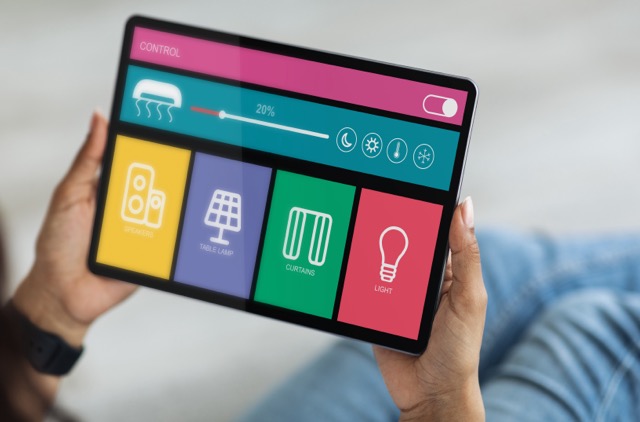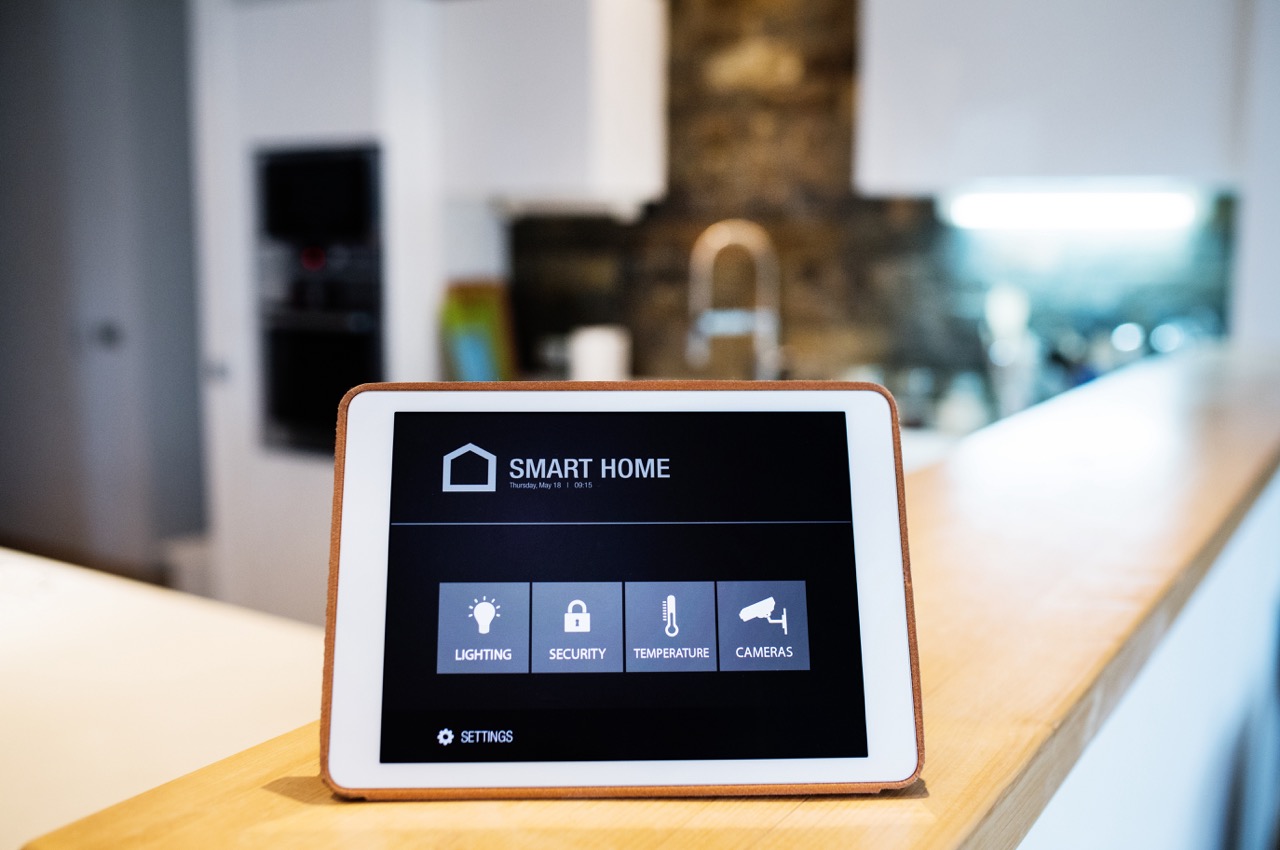In the rapidly advancing landscape of technology, wearable tech has emerged as a frontier in the enhancement of workplace productivity. From smartwatches and fitness trackers to augmented reality glasses, these devices offer a unique convergence of personal healthcare, communication, and real-time data access. As businesses continually seek to optimize operations and employee performance, understanding the role of wearable technology becomes essential. This article explores how these innovative tools not only boost efficiency and productivity but also transform the very nature of traditional workplaces.
Evaluating the Impact of Wearable Tech on Productivity
The incorporation of wearable technology in the workplace has shown significant potential in boosting productivity. Studies have indicated that employees equipped with wearables report enhanced abilities in managing their time and completing tasks efficiently. The real-time data capture and analysis provided by these devices enable a deeper understanding of workflow patterns, helping identify bottlenecks and streamline processes. Moreover, wearable tech facilitates instant communication and information sharing, reducing downtime and accelerating decision-making processes, which are critical components in maintaining a productive workforce.
The impact of wearable technology on productivity goes beyond mere statistics. It represents a shift in how tasks are approached and completed. For instance, employees using smart glasses can access instructional content hands-free, allowing for multitasking and reducing the time taken to refer to manuals or seek help. Similarly, wearable biometric devices help monitor health metrics like stress levels and physical activity, ensuring employees are not overburdened, which can lead to burnout and reduced productivity.
The quantifiable benefits of wearable tech can be directly linked to improved performance metrics such as reduced task completion time and fewer errors. Employers who have embraced this technology report not only higher output but also enhanced quality of work. By providing employees with tools that support their work in real-time, businesses are effectively optimizing their workforce for maximum productivity.
How Smart Wearables Enhance Employee Efficiency
Smart wearables are revolutionizing employee efficiency by providing seamless access to technology. With features such as notifications, reminders, and calendar alerts, employees can manage their schedules more effectively, ensuring that no task is forgotten or overlapped. This level of organization maximizes daily efficiency and helps in prioritizing tasks according to their importance and urgency.
Moreover, wearable devices support a variety of applications that automate routine tasks. For example, workers in a warehouse equipped with RFID-tagged wearable devices can quickly locate items, reducing the time spent searching and thus speeding up the fulfillment process. In customer-facing roles, wearables like smartwatches can provide employees with quick access to customer information, enabling personalized service that is both efficient and impressive to clients.
Additionally, the use of wearable tech in tracking employee movements and activities during the workday can yield insights into optimal work patterns and help in redesigning job roles to better fit the employee’s strengths and skills. This not only boosts individual performance but also enhances team dynamics, as tasks are allocated more effectively.
The Hidden Benefits: Wearables in the Workplace
Beyond the obvious advantages of increased efficiency and productivity, wearable tech offers a range of hidden benefits that contribute to a better workplace environment. One such benefit is the enhancement of employee wellness programs. Wearables that track physical activity, sleep patterns, and heart rate can incentivize employees to maintain healthier lifestyles, which is directly linked to improved performance and reduced absenteeism.
Wearable technology also plays a significant role in enhancing workplace safety, particularly in industries like construction and manufacturing. Devices that monitor environmental conditions and alert workers to potential hazards can prevent accidents and ensure a safer working environment. Additionally, wearables can be equipped with emergency notification systems that allow workers to send instant alerts in case of an emergency, thereby improving response times and potentially saving lives.
Another hidden advantage is fostering a culture of connectivity and collaboration. By integrating wearables into the corporate ecosystem, employees can stay connected not just to each other but also to the business processes and systems. This connectivity fosters a collaborative work culture, where information and ideas are freely shared, leading to innovation and creative problem-solving.
Navigating the Challenges: Wearables at Work
Despite the many benefits, integrating wearable technology in the workplace presents several challenges that businesses must navigate. Privacy concerns top the list, as continuous monitoring can be perceived as intrusive by employees. Companies must establish clear policies that define what data is collected, how it’s used, and who has access to it, ensuring transparency and maintaining trust among the workforce.
Another challenge lies in the technological integration and compatibility with existing systems. Wearables must seamlessly integrate with the company’s existing IT infrastructure to be truly effective. This often requires significant upfront investment in compatible software and training, which can be a hurdle for many businesses.
Lastly, there is the issue of data overload. With wearables collecting vast amounts of data, organizations must have systems in place to analyze and make sense of this information. Without proper data management strategies, the flood of information can become overwhelming and counterproductive, leading to decision paralysis rather than enhanced decision-making.
Future Projections: The Evolution of Workplace Wearables
Looking ahead, the future of wearable tech in the workplace seems promising and is likely to become more pervasive. Advances in technology are expected to address current limitations, with newer, more sophisticated wearables that are more intuitive and less obtrusive. These developments will further enhance the user experience and integration into daily tasks.
The evolution of AI and machine learning will play a critical role in how wearables operate, making them smarter and capable of predicting user needs. This will lead to more personalized and proactive support, from scheduling meetings based on an employee’s productivity patterns to suggesting breaks when stress levels are detected to be high.
Moreover, as businesses continue to see the value in wearable tech, we can expect a broader adoption across various industries. This will not only drive competition and innovation within the wearable tech market but also lead to more industry-specific devices, tailored to meet unique business needs and challenges.
Making the Case: Why Your Business Needs Wearables
Adopting wearable tech in your business is not just about keeping up with trends; it’s about actively enhancing the productivity and efficiency of your workforce. The direct benefits—improved employee efficiency, enhanced safety, and better health management—are compelling reasons for any business to consider integrating wearable technology.
Moreover, the data gathered from wearables provides invaluable insights into business operations, allowing for more informed decision-making and strategic planning. This data-driven approach can lead to significant competitive advantages in today’s fast-paced market environment.
Ultimately, investing in wearable tech is an investment in your company’s future. As the workplace continues to evolve, staying ahead of the curve with advanced tools and technologies will ensure your business not only survives but thrives in the new digital era.
The role of wearable tech in enhancing workplace productivity is multifaceted and profound. From boosting individual performance to fostering a healthier, safer, and more connected organizational culture, the benefits are substantial. While challenges exist, they are navigable with thoughtful strategies and clear policies. As we look to the future, the integration of wearable technology in the workplace is set to expand, bringing with it new opportunities for innovation and efficiency. For businesses aiming to enhance productivity and maintain a competitive edge, wearable tech offers a promising and powerful solution.










